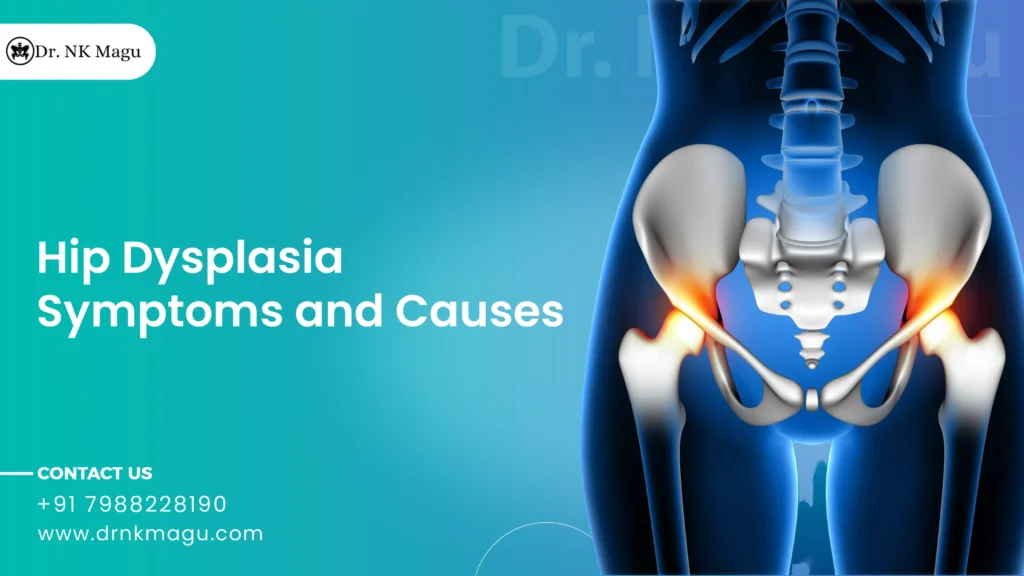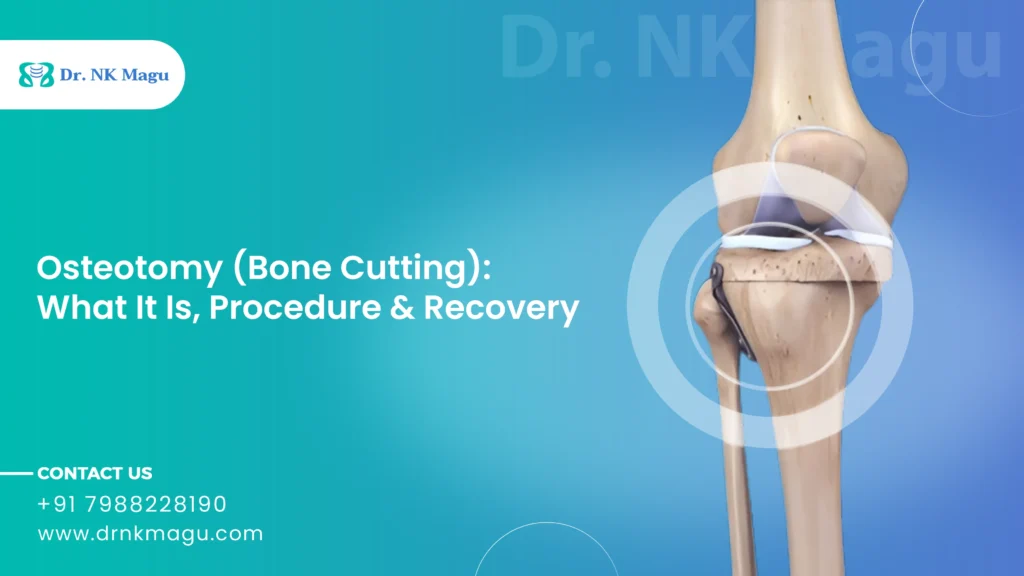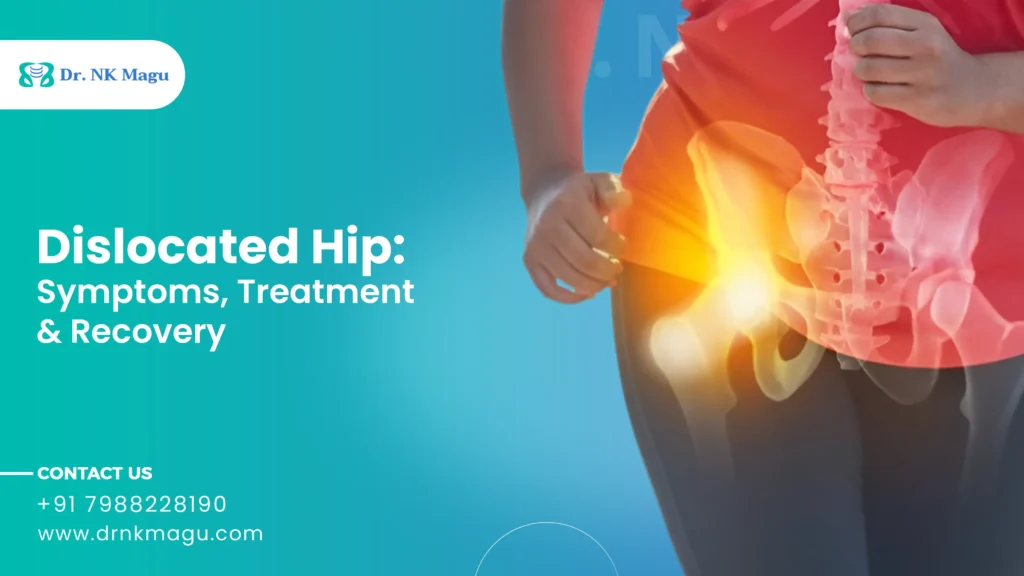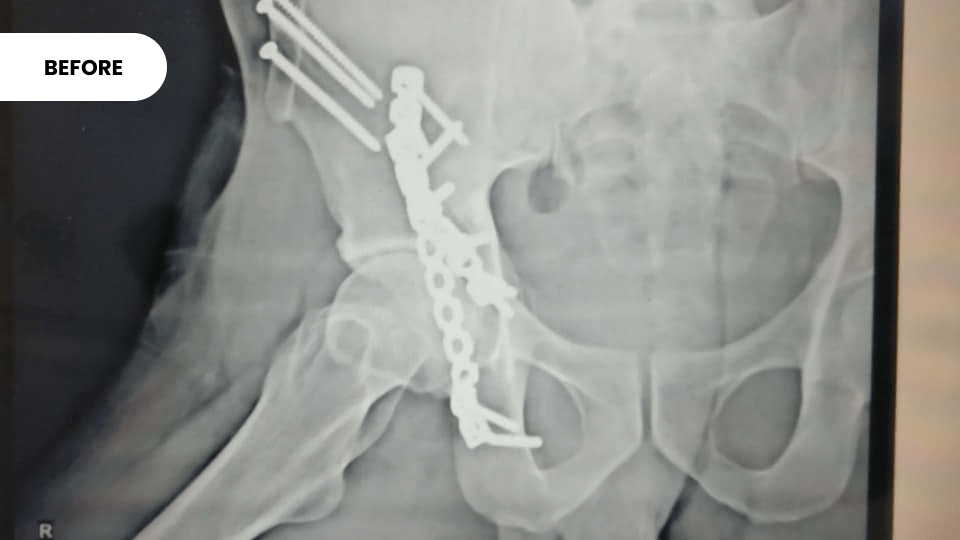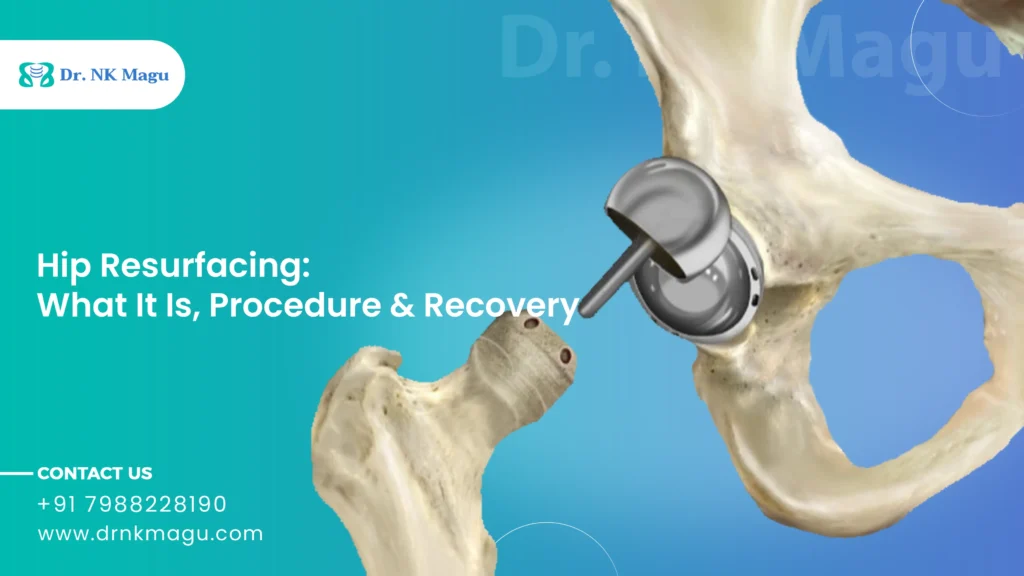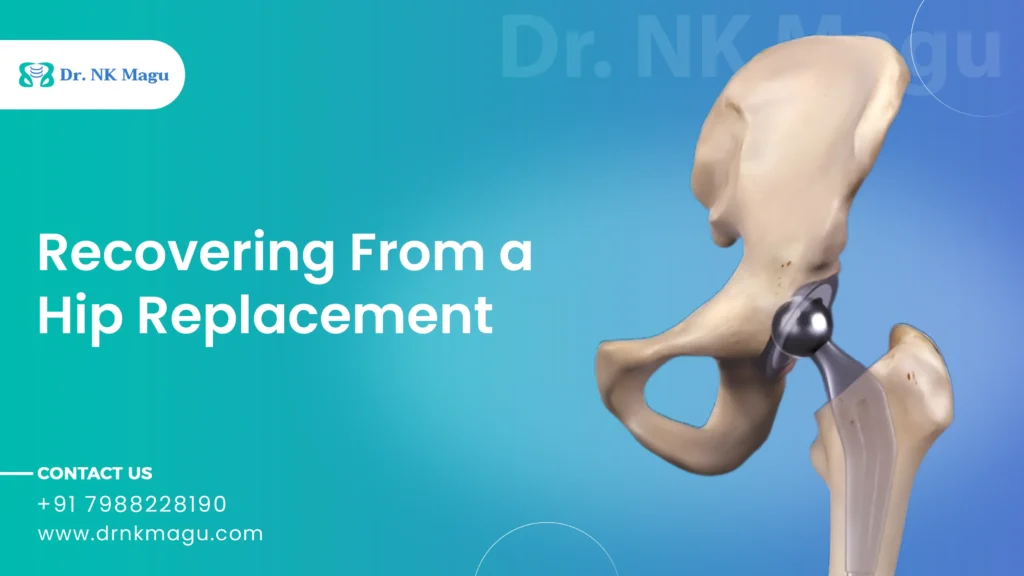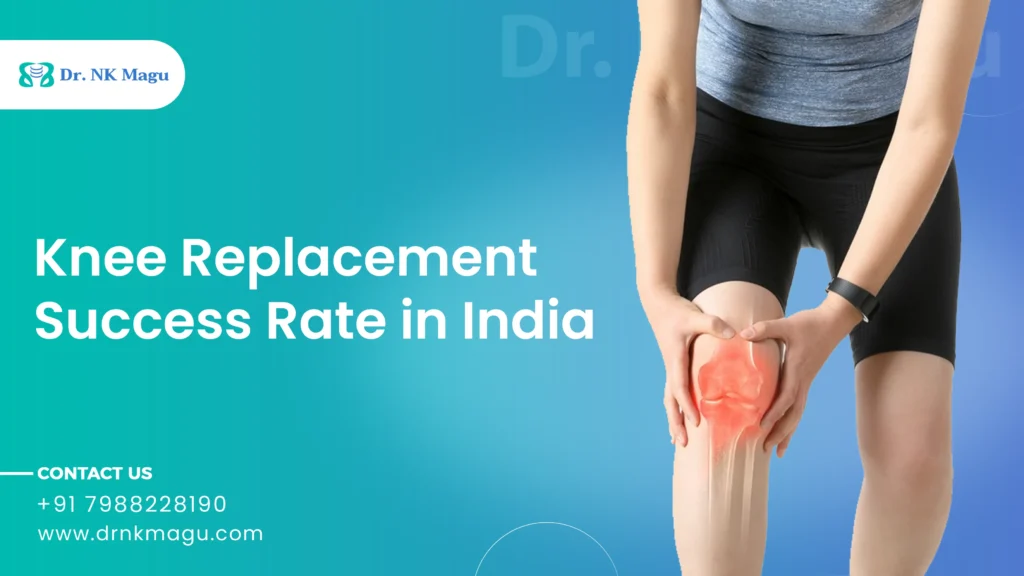What is Hip Dysplasia?
Hip dysplasia is also known as developmental dysplasia (DDH) or congenital dysplasia. This health condition happens when the hip socket, known as the acetabulum, is too shallow to fully support the ball of the hip joint. It is a painful condition where you feel discomfort and it’s also affecting your day-to-day life. Women are more prone than men. Although children are mostly affected, they can get affected either before or after birth.
Approximately 1 in 1,000 children are born with a dislocated hip, while 10 in 1,000 children are born with hip subluxation or dysplasia.
What Are The Signs And Symptoms of Hip Dysplasia?
The signs and symptoms of hip dysplasia are also related to the age of the individuals and their severity. It includes :
Infants:
Uneven leg lengths (one leg appears shorter than the other)
Asymmetrical Skin Folds (extra skin fold either on high or buttock)
Limping or Delayed Walking
In Toddlers and Children:
Walking Issues
Hip or Groin Pain
Reduced Hip Mobility (difficulty in hip movement ).
In adolescents and adults:
Hip Pain
Joint Stiffness
Early-onset arthritis (early degenerative changes in the hip joints).
Early diagnosis is always advised for managing hip dysplasia’s symptoms to prevent it from forming long-term complications.
What Are The Causes Of Hip Dysplasia?
Several factors can contribute to hip dysplasia:
- Genetics: A family history of hip dysplasia can increase the risk.
- Large birth weight: Babies with a higher birth weight may have a greater chance of developing hip dysplasia.
- Breech birth: Babies born in the breech position (feet or buttocks first) are at a higher risk.
- Female sex: Girls are more likely to be diagnosed with hip dysplasia than boys.
- Tight ligaments: In some cases, tight ligaments around the hip joint can contribute to the condition.
How Can Physicians Diagnose Hip Dysplasia?
A hip dysplasia diagnosis requires a comprehensive assessment and a detailed physical examination (Ortolani Test, Barlow Test, Galeazzi Sign, and Hip Clicks). In some cases, imaging tests like ultrasound, X-ray, 3-D CT scan, and MRI may be advised to confirm if an individual has hip dysplasia or not.
How Is Hip Dysplasia Treated?
The hip dysplasia can be treated through various procedures. The following procedures that are used to treat hip dysplasia are listed below:
1. Pain Management
- Medications: Non-steroidal anti-inflammatory drugs are provided to relieve pain and inflammation.
- Activity Modification: Certain activities are also recommended by doctors to relieve pain and inflammation.
2. Physical Therapy
- Rehabilitation: A physiotherapist can recommend some exercises, to relieve pain.
- Regular, appropriate exercises are always advised.
3. Bracing or Harness (for infants)
- Pavlik Harness: It’s a soft brace that is used for infants under 6 months.
- It is often used to hold the hip in the correct position, allowing the joint to develop properly.
- Advised to wear it for 6–12 weeks.
4. Hip replacement (for adults)
- Total Hip Replacement: For individuals with severe hip damage or arthritis caused by hip dysplasia, hip replacement surgery may be recommended to replace the damaged joint with an artificial one.
- This provides significant pain relief and improved mobility.
Also Read:- Hip Replacement Surgery Hospitals in India
6. Closed Reduction
- Non-surgical Repositioning: This involves gently repositioning the hip joint without surgery and holding it in place with a spica cast (orthopedic cast).
- The cast is usually worn for several weeks or months, depending on the individual age and condition.
7. Pelvic or Femoral Osteotomy
- Bone Realignment: For severe cases, a surgeon may reshape or cut the thigh bone (femur) or pelvis to improve the fit of the ball in the socket.
- Osteotomy can help realign the hip.
8. Open Reduction Surgery
- Surgical Realignment: Open reduction involves repositioning the hip and may require cutting or reshaping the bone. This is only advised if the non-surgical method is not effective.
How can hip dysplasia be prevented?
Hip dysplasia is a condition that occurs due to the natural development of the hip joint and is not preventable. You can’t stop your child from being born with hip dysplasia. It occurs naturally when the hip joints are shaped differently than usual, causing instability or misalignment.
Consult your doctors for appropriate treatment. They can offer guidance on minimizing stress on your baby’s joints and provide tips for supporting healthy hip development.
Message from Dr. N.K. Magu
Hip dysplasia is a condition that usually affects individuals from infancy to adulthood. As a medical professional, I strongly recommend regular check-ups for newborns and young children. Timely treatment can significantly improve the quality of life. Stay proactive in monitoring hip health, especially for children, and seek professional advice whenever concerns arise.
Top 10 Orthopedic Surgeons in Gurgaon For Orthopedic Surgery
Most Frequently Asked Questions
Q: Is walking good for hip dysplasia?
A: Walking can be beneficial for hip dysplasia, but it is recommended to consult your doctor as soon as possible.
Q: Does hip dysplasia always need surgery?
A: No, hip dysplasia does not always require surgery. Many cases, especially if detected early, can be effectively managed with non-surgical treatments such as bracing. If the condition is mild, regular monitoring and observation may be sufficient. Surgery is always recommended if the condition is getting worse.
Q: How do you identify a hip problem in a newborn?
A: The hip problem can be identified through the given signs and symptoms, such as:
- Physical examination (Ortolani Test, Barlow Test, Galeazzi Sign and Hip Clicks),
- Visual observations (limited range of motion or uneven leg length), and
- Imaging test (ultrasound or X-ray)
Q: Who is most affected by hip dysplasia?
A: Women and people assigned female at birth, firstborn children, babies born in a breech position, babies with family history, and children with tight are more prone to hip dysplasia.
Q: Is hip dysplasia always genetic?
A: Hip dysplasia is not always genetic, though genetics can play a role.


